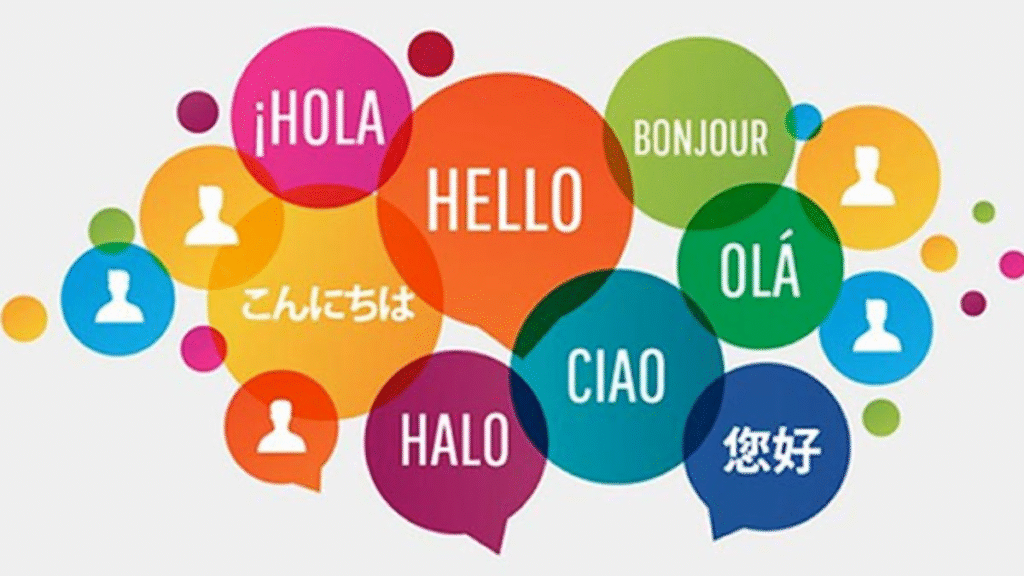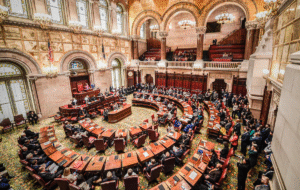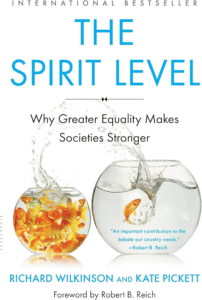Whispers in the Metropolis: The Resurgence of Regional Languages in a Globalized World
In an increasingly interconnected world, dominated by a few global languages that facilitate commerce, communication, and cultural exchange, the fate of regional languages might seem precarious. Yet, across the globe, a compelling counter-narrative is unfolding. There is a discernible resurgence of interest and concerted efforts to preserve and promote these linguistic treasures. We will analyze the multifaceted factors contributing to this renewed vitality of regional languages, examining how they are navigating the pressures of globalization and leveraging the very digital tools that once seemed to threaten their existence.

The Deep Connection Between Language and Cultural Identity
One of the primary drivers behind this resurgence is a deepening awareness of the intrinsic link between language and cultural identity. Regional languages are not merely tools for communication; they are repositories of history, tradition, folklore, and unique worldviews. For many communities, their local language embodies a distinct cultural ethos, reflected in its vibrant literature, folk music, and social customs. As globalization homogenizes cultural landscapes, the preservation of regional languages becomes an act of safeguarding cultural heritage, a conscious effort to maintain a distinct identity in the face of overwhelming global influences. This sentiment fuels community-led initiatives, cultural organizations, and individual passions dedicated to keeping these languages alive.
The Expressive Power and Local Nuance of Regional Tongues
Furthermore, the limitations of dominant global languages in fully expressing local nuances and specific cultural contexts are becoming increasingly apparent. While widely spoken languages might serve as effective lingua francas, they often lack the vocabulary and idiomatic expressions to capture the subtleties of local life, emotions, and traditions. The richness and depth embedded within regional languages provide a more authentic and nuanced way of articulating experiences rooted in a specific place and culture. This inherent expressive power fosters a sense of belonging and strengthens community bonds among those who share the language. The warmth and familiarity of a local tongue in everyday interactions often create a social fabric that transcends the formality of a more widely spoken language.
Leveraging Digital Platforms for Language Revival
Interestingly, the digital age, often perceived as a threat to linguistic diversity, is also proving to be a powerful catalyst for the resurgence of regional languages. The proliferation of internet access and mobile technology has opened up new avenues for language preservation and promotion. Online platforms, social media, and dedicated apps are being utilized to create and share content in regional languages, reaching wider audiences than ever before. From online channels showcasing local arts and stories to language learning apps and digital archives of local literature, technology is empowering communities to actively engage with and propagate their linguistic heritage. This digital presence helps to counter the dominance of global languages in the online sphere and creates spaces for regional languages to thrive.
Recognizing the Cognitive and Educational Advantages of Mother Tongues
Moreover, there is a growing recognition of the cognitive and educational benefits of multilingualism, including proficiency in one’s mother tongue. Research suggests that early education in a regional language can strengthen cognitive development and provide a solid foundation for learning other languages. This understanding is leading to increased advocacy for the inclusion of regional languages in education policies and curricula. In various regions, there are ongoing discussions and efforts to promote local languages as a medium of instruction at primary levels, recognizing their importance in fostering a strong sense of cultural grounding and improving learning outcomes.
The Symbolic Value in Asserting Regional Pride and Identity
Finally, the symbolic value of preserving regional languages in asserting regional pride and political identity cannot be understated. In diverse countries, linguistic identity often intersects with regional and ethnic affiliations. The promotion of a regional language can be a powerful tool for asserting cultural autonomy and demanding greater recognition within the national framework. This is evident in various movements across the globe advocating for the official recognition and greater use of regional languages in administration and public life.
Conclusion: A Global Movement to Celebrate Linguistic Diversity
In conclusion, the resurgence of regional languages in a globalized world is a complex phenomenon driven by a confluence of factors. A heightened awareness of cultural identity, the expressive richness of local tongues, the empowering potential of digital technology, the recognition of cognitive benefits, and the assertion of regional pride are all contributing to this renewed vitality. While the pressures of globalization and the dominance of certain languages remain significant, the growing determination of communities to safeguard their linguistic heritage suggests that these “whispers in the metropolis” will continue to resonate, enriching the global linguistic landscape and ensuring that the unique voices and cultural wisdom embedded within regional languages are not lost to the homogenizing forces of the modern world. These efforts are part of a larger, global movement to celebrate and sustain the vibrant tapestry of human language.




















